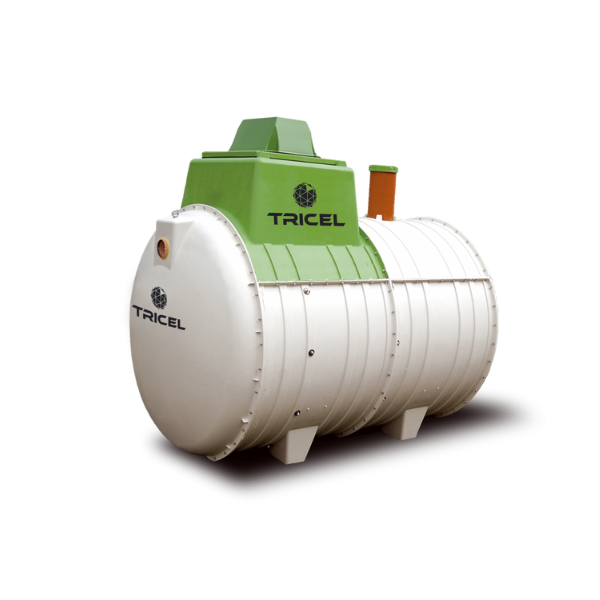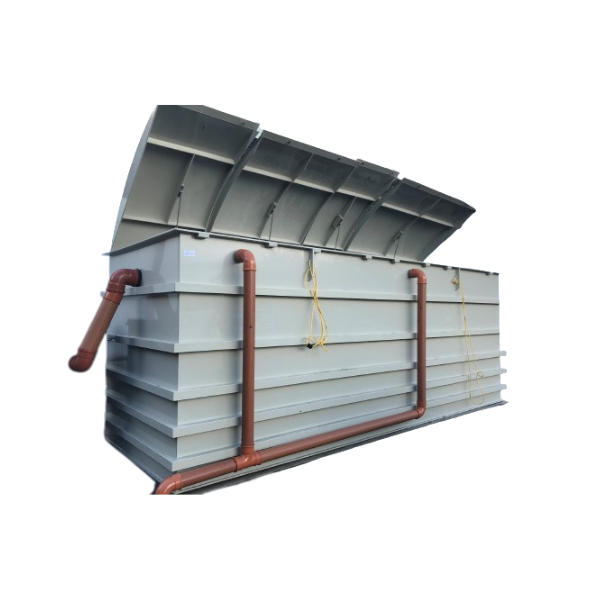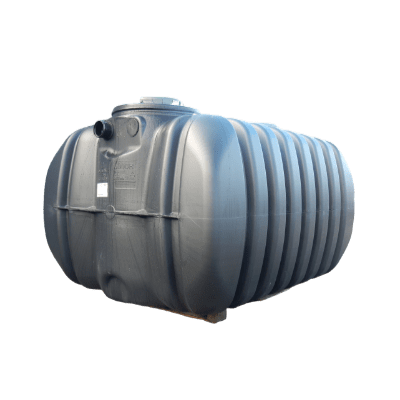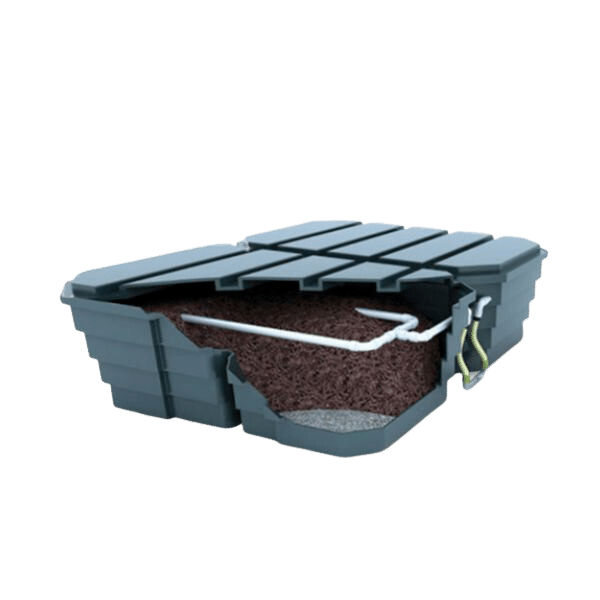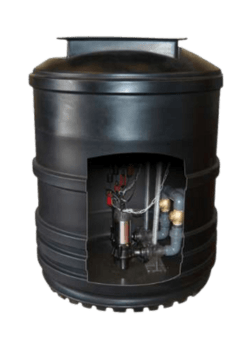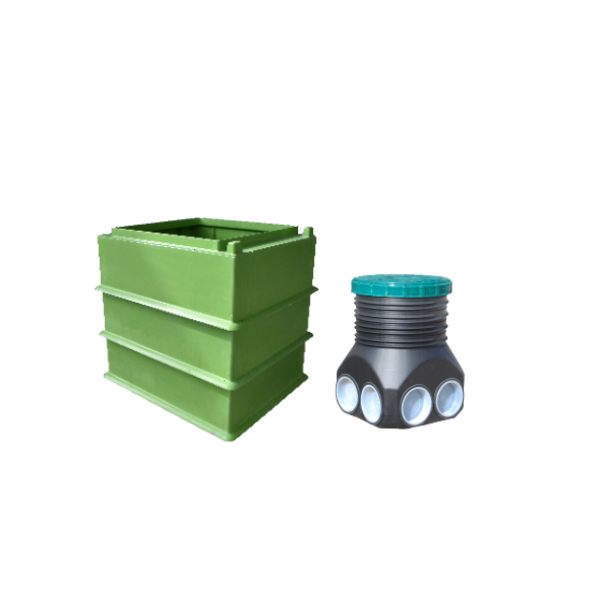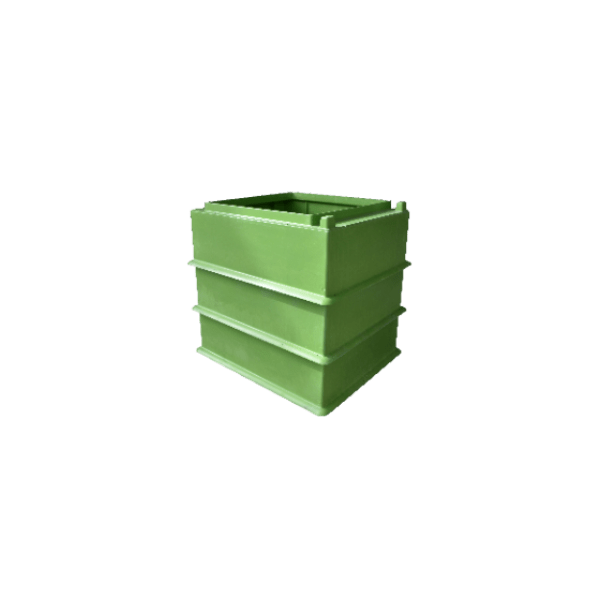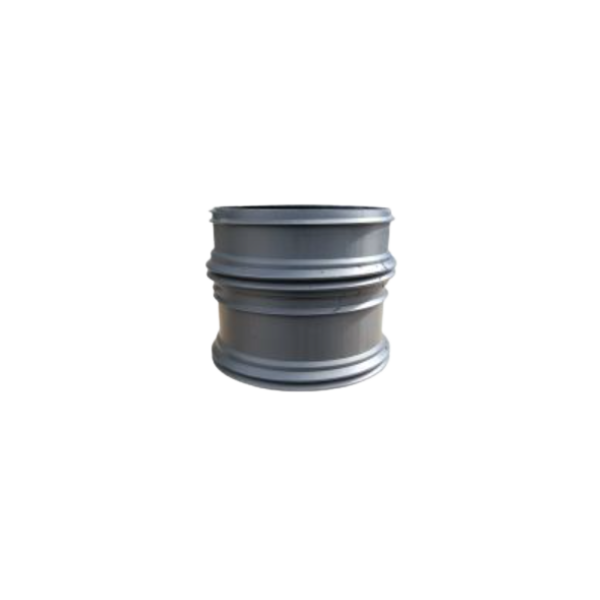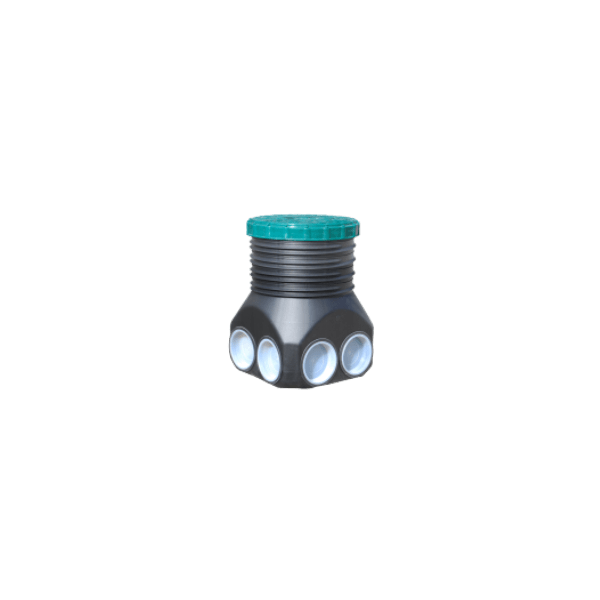SEWAGE TREATMENT
Reed bed
OVERVIEW
If your property’s field doesn’t have a proper drainage capacity, because of a sandy or clay soil, an alternative solution is a reed bed.
At Tricel, we do not manufacture this solution, however if you are looking for to another sewage treatment system, do not hesitate to get in touch with us.
Content
How Does A Reed Bed Work?
Reed beds are an aquatic plant-based filtration system where bacteria in the roots feed on the organic matter present in sewage. There are three types of reed beds:
- Vertical flow
- Horizontal flow
- Pond
For optimal sewage treatment, vertical and horizontal flow reed beds are often combined. In each type, the effluent moves through the reed bed, percolating through layers of sand and gravel, which facilitates natural filtration and purification.
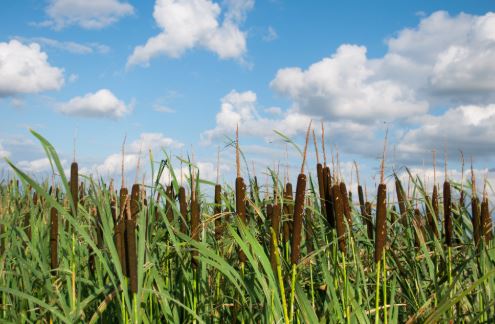
Vertical Flow
If you opt for a vertical flow reed bed, you will typically have two reed beds, with only one in operation at a time. These systems utilize aerobic organisms, which require oxygen, to break down pollutants and convert them into nitrates. To improve efficiency and prevent blockages, it is common to alternate between the two reed beds, usually every few weeks.Overall, maintaining a reed bed is simple, mainly involving monitoring plant health. As a result, maintenance costs are minimal or even negligible.
Horizontal Flow
Horizontal flow reed beds are usually installed after a vertical flow bed and work with anaerobic organisms, which do not require oxygen to convert nitrates into nitrogen gas. If you are only treating greywater (such as laundry or tap water), this bed may not be necessary unless you plan to discharge into a pond that requires higher quality sewage treatment.
How is a reed bed sized and designed?
1. Vertical Flow Reed Bed
Vertical flow reed beds require a slope of at least 1.5 meters and approximately two square meters of surface area per person. The larger the household, the more you can reduce the per-person area requirement. This calculation is based on the assumption that one person produces, on average, 200 liters of sewage per day.
If the reed bed is treating only greywater (like shower or laundry water), the required area is roughly 30% smaller than for all sewage, since about 30% of domestic wastewater comes from toilet flushing.
2. Horizontal Flow Reed Bed
Horizontal flow reed beds require around one square meter of area per person, with a minimum total area of six square meters. A settlement tank should be installed between vertical and horizontal flow beds to separate solids from liquids, but it does not require frequent emptying.
How to Install a Reed Bed?
Reeds will take two to three years to become fully established, but the sewage treatment system can still operate during this period. Reeds need the nutrients from sewage to grow, and the system functions even without fully developed reeds, as they mainly help with aeration and frost protection.
The grade of pea gravel should be around 5 to 10 millimeters, which is sufficient to support the sand layer above it. It’s also recommended to add a layer of coarse gravel, ideally washed and graded to a minimum of 20mm.
For aeration, including a couple of aeration pipes is sufficient for a small reed bed. Drilling 10mm holes every 20cm along the length of 100mm tubing works well for this purpose.
Installing a reed bed can take up to four weeks, depending on the size, materials used, and whether bedrock is encountered. For DIY installations, costs can run into several thousand pounds, including expenses for excavator hire, pipes, and other materials. Hiring a professional for the installation can cost upwards of £10,000.
Therefore, reed beds are a costly but environmentally friendly solution. They provide high-quality, effluent treatment without using electricity. However, if you are looking for a simple, cost-effective, reliable, easy to install, and low-maintenance solution, we recommend you to choose our package sewage treatment plant, Tricel Novo.
If you have any questions, don’t hesitate to contact us. We will be more than happy to help you with your request.
Get in touch
